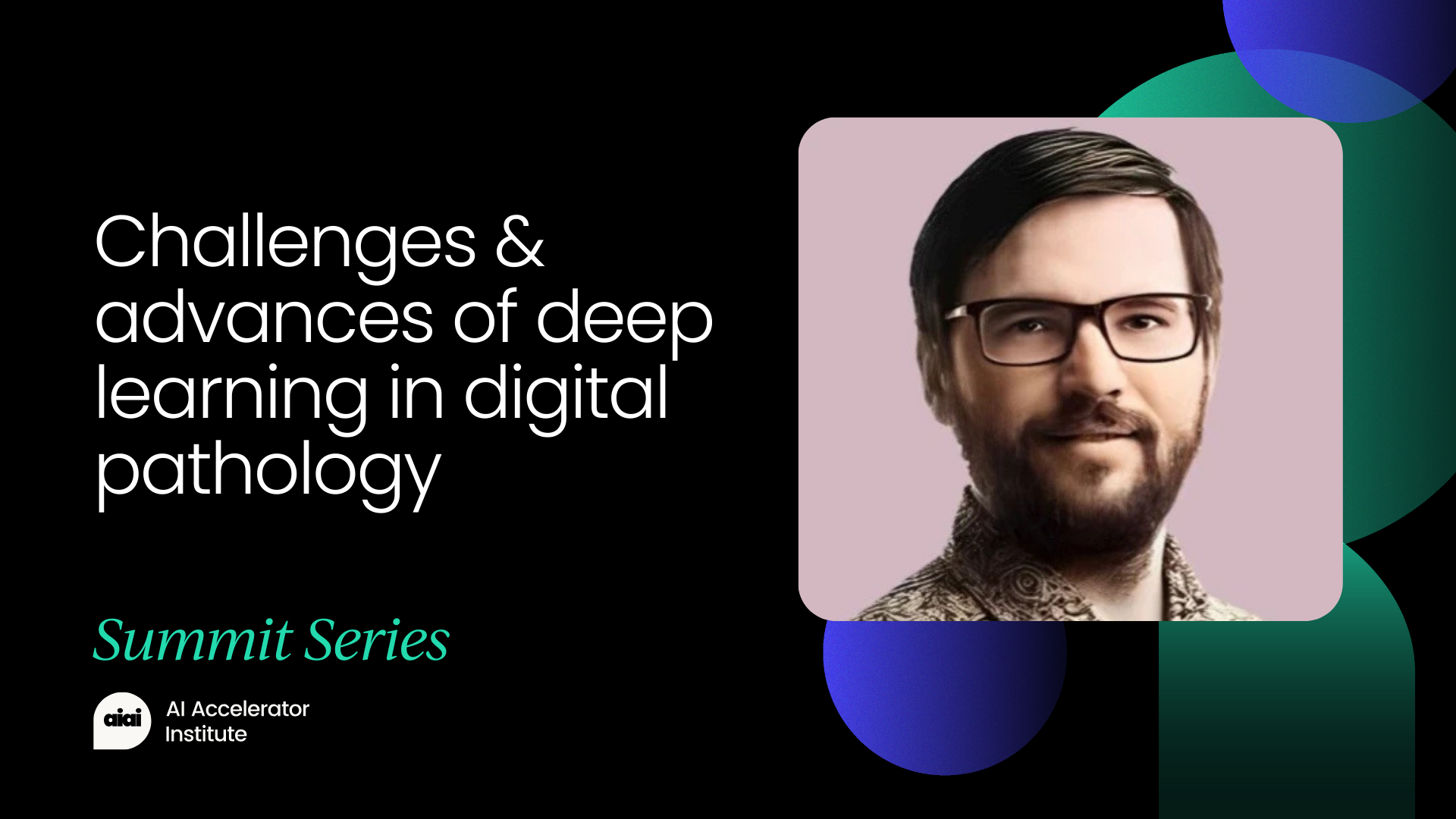Don't throw the baby out with the bathwater: How and why deep learning for ARC
PositiveArtificial Intelligence
The latest research on the Abstraction and Reasoning Corpus (ARC) highlights the effectiveness of deep learning in developing advanced AI systems. Despite previous challenges, deep learning continues to show promise in training neural networks that excel across various tasks, including vision and language. This is significant as it suggests that with the right approaches, we can overcome existing limitations and enhance AI capabilities, paving the way for more sophisticated applications in the future.
— Curated by the World Pulse Now AI Editorial System



